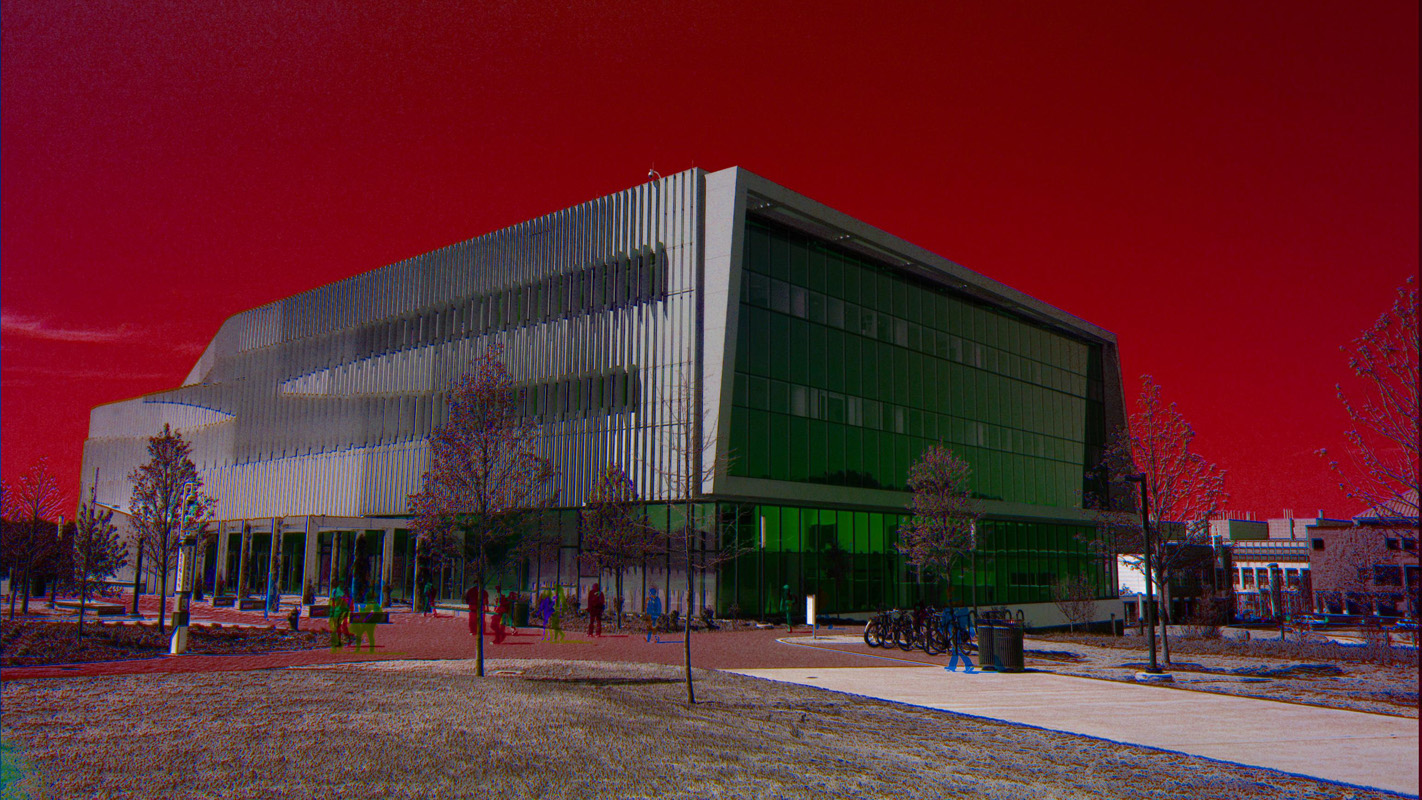physics
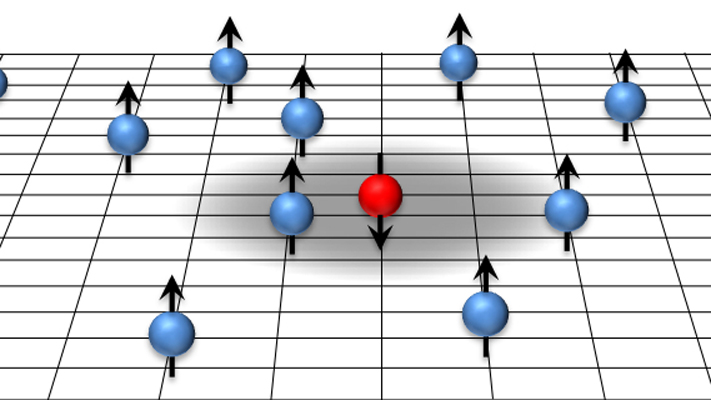
Researchers Create Better Algorithm for Simulating Particles in Fermi Sea
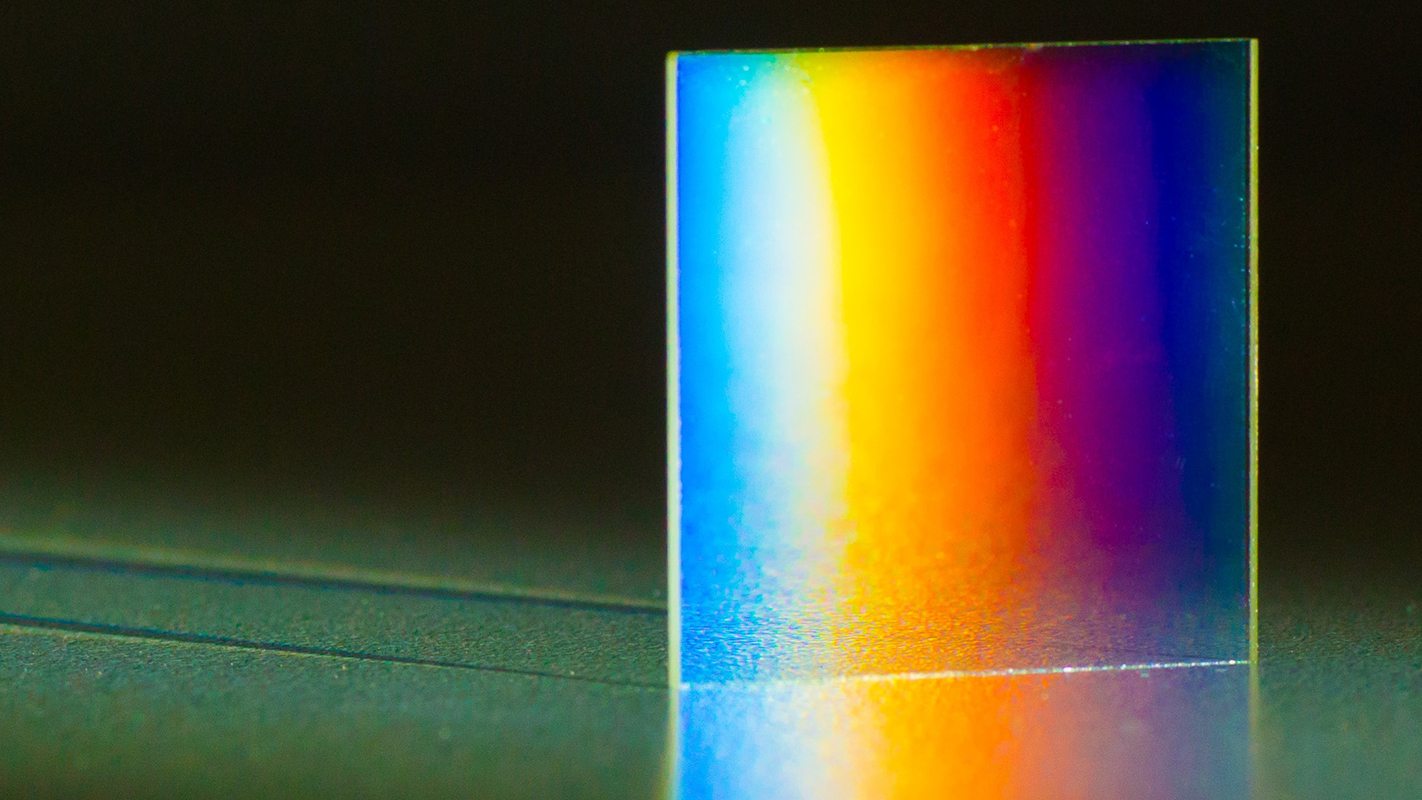
From Exoplanets to Rainbow Station: Using Lasers to Print in Four Dimensions
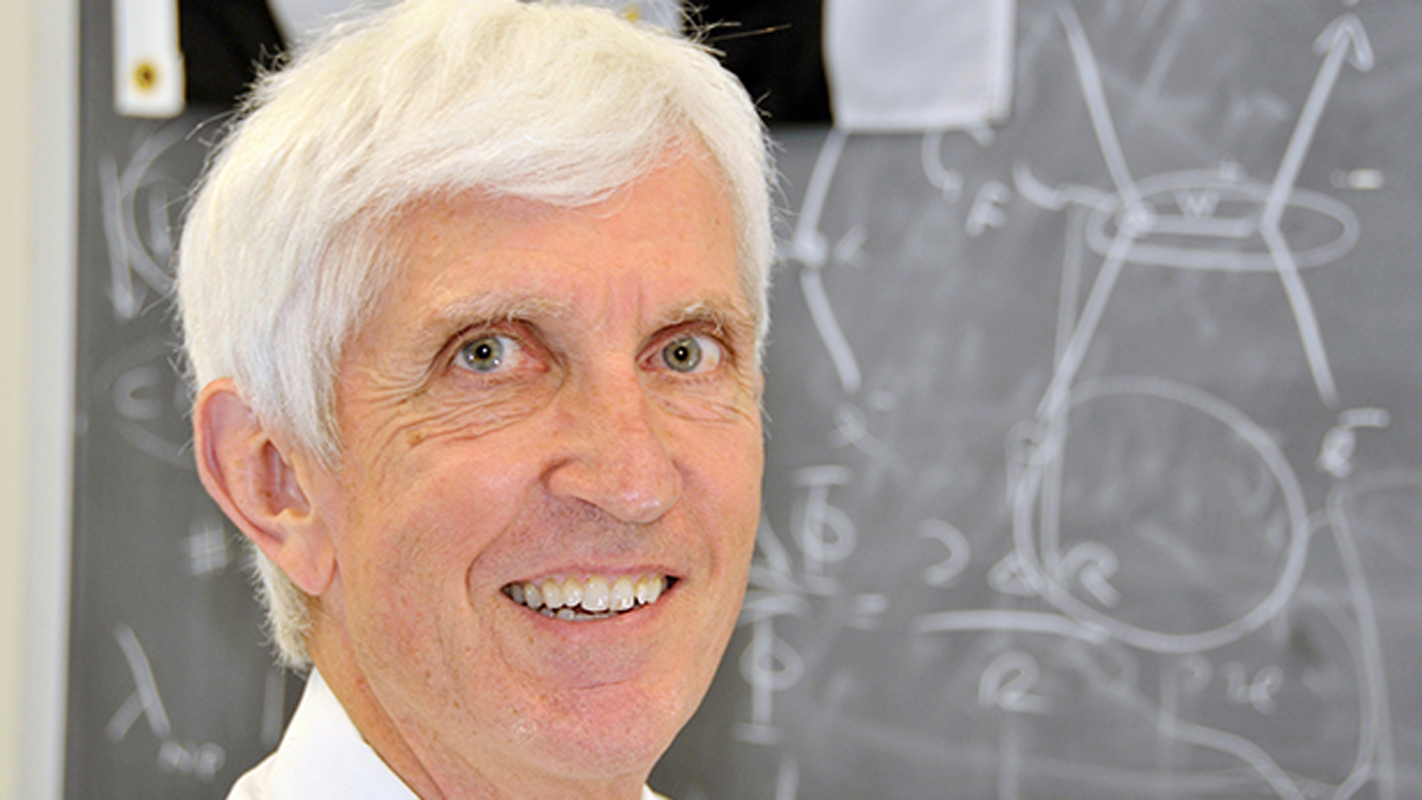
Professor Channels Passions Into Philanthropy

How DNA ‘Proofreader’ Proteins Pick and Edit Their Reading Material
What Science Looks Like at NC State
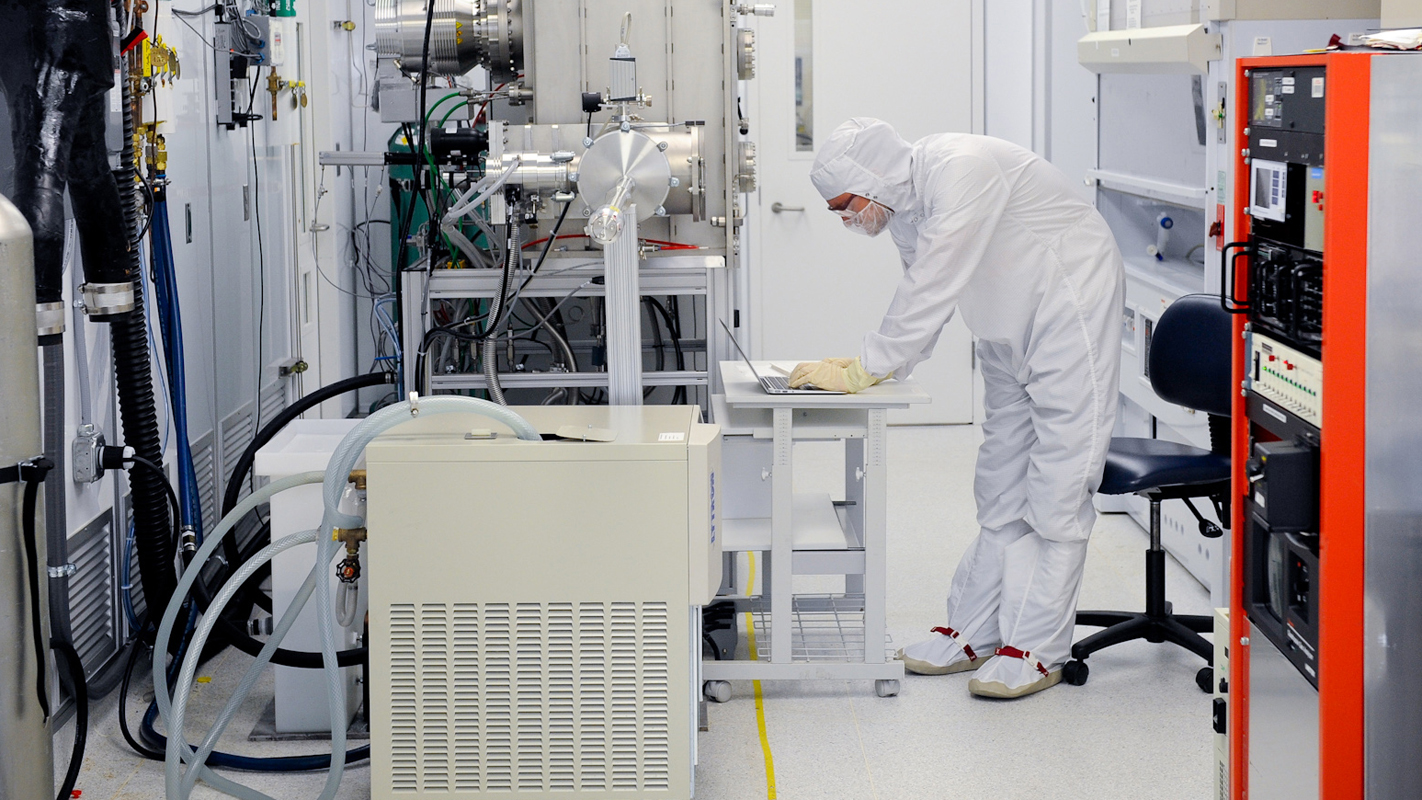
NC State Researchers Land UNC System Research Grants
New Materials Yield Record Efficiency Polymer Solar Cells
